Everything About Wikipedia, Part 3: Sources
October 2, 2014
As you probably remember from our last post, Wikipedia eligibility is (mostly) based on the answers to two important questions:
Question 1: Is your topic notable?
Question 2: Has your topic received significant coverage by neutral, reputable third-party sources?
Last week, we took an in-depth look at notability. This week, we’re going to discuss sources.
What is a “Third-Party” Source?
A third-party source is a source that is not directly related to you, your company, or your product.
Although there’s no hard-and-fast rule about how many sources are required for a Wikipedia article, it’s a good idea to find as many as possible to create your article. If you can’t find any third-party sources to use, your topic is not appropriate for Wikipedia.
This is not our rule. It’s Wikipedia’s. Check out the text in the red box below:
In other words: no sources = no article.
What is “Citing a Source”?
Citing a source is basically just a way of saying, “Hey, I didn’t make this stuff up. I can prove it. If you want to verify it for yourself, you can check out this article/magazine/book.” Sources and citations help keep the Wiki community honest.
What should you cite when writing a Wikipedia article? Pretty much everything that’s not common/general knowledge: facts, figures, dates, quotes – you name it.
Here’s an example of a Wikipedia citation:
Here’s another:

Avoiding “Original Research”
The Wikipedia community is very strict about the use of reliable third-party sources. Wikipedia is also very strict about its role as a repository of existing information – meaning, information, statistics, and facts that have been documented and written by third-party sources.
What does this mean for you? Well, if you use a fact and you can’t cite it, Wikipedia will flag that fact as “original research.” If you want your fact to “stick,” you’ll need to attribute that fact to a third-party source. And if you can’t attribute a fact to a third-party source, you shouldn’t put it on Wikipedia – even if you know it’s true.
Wiki articles that don’t have sources end up “flagged” by Wikipedia editors.
Let’s look at a couple of examples.
Example 1: Needs Citations
The screenshot below is from the “Home video” section of the Wikipedia entry on the 1985 movie “The Goonies.” Note that there’s a little “needs additional citations” icon at the top of the section. This is because there’s only one source cited on the entire page. We’ve put blue boxes around the information that should probably be cited:
None of the information in blue is particularly controversial or contentious – which is probably why this section isn’t flagged for “original research.” All this needs is a couple of good sources that tell us when the different home video versions of the movie were released.
Example 2: Original Research
Below is a section from the Wikipedia page about ham. In this case, the section has been flagged for containing original research.
There’s only one source cited in this entire section (it’s at the very end) – but nearly every sentence contains a claim that should be cited. Again, we’ve put boxes around all of the facts that should be cited:
This section makes all kinds of claims about food safety and processes – and almost none of the “facts” presented here are cited. Even if the statements in the orange boxes are true, they still need to be cited – otherwise the entire section may be deleted from the article.
”
How to Find Sources
Let’s say you want to improve the above section about ham to ensure that it doesn’t get removed from the page. How do you find sources to cite? Well, for starters, you could try a quick Google search on “ham curing process”:
The first result that comes up is the USDA’s page on food safety. And, if you click on the link, you’ll find tons of facts about the curing process:
A Google search also turns up a few magazine articles on the subject. Like this one:
Both the USDA website and the Saveur magazine article are appropriate sources for a Wikipedia article. And those are just two examples – there are tons of places to look for information about a topic like food safety. The sources are out there.
Wikipedia Sources: The Essentials
Let’s sum up what we’ve learned about sources:
- All Wikipedia articles must be based on existing information from neutral, third-party sources such as magazines, newspapers, or government websites.
- Every fact, date, conclusion, and quote in a Wiki article must be cited.
- Wiki articles without citations may be flagged for lack of sources and/or “original research.”
- A Google search is a good way to find sources.
- Company websites can be used – sparingly – as long as you rely primarily on good, neutral third-party sources.
That’s it for sources.
Coming up next: Neutrality and Wiki


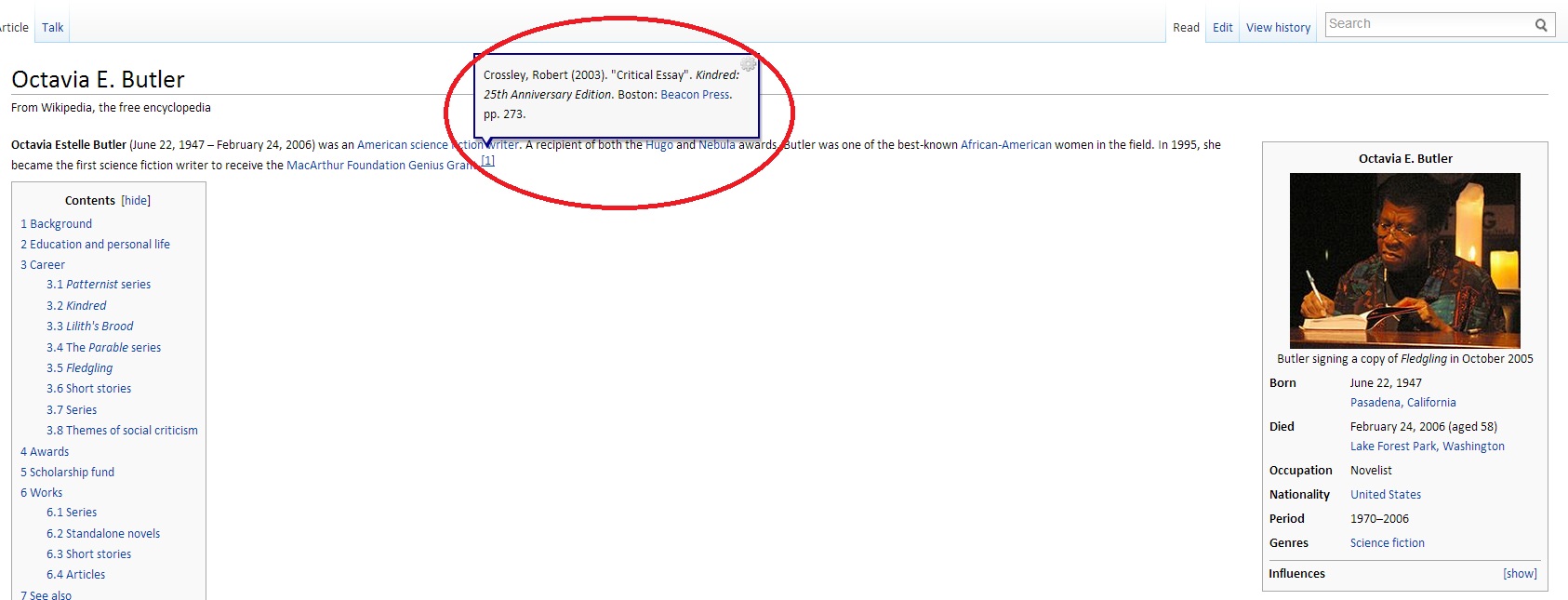

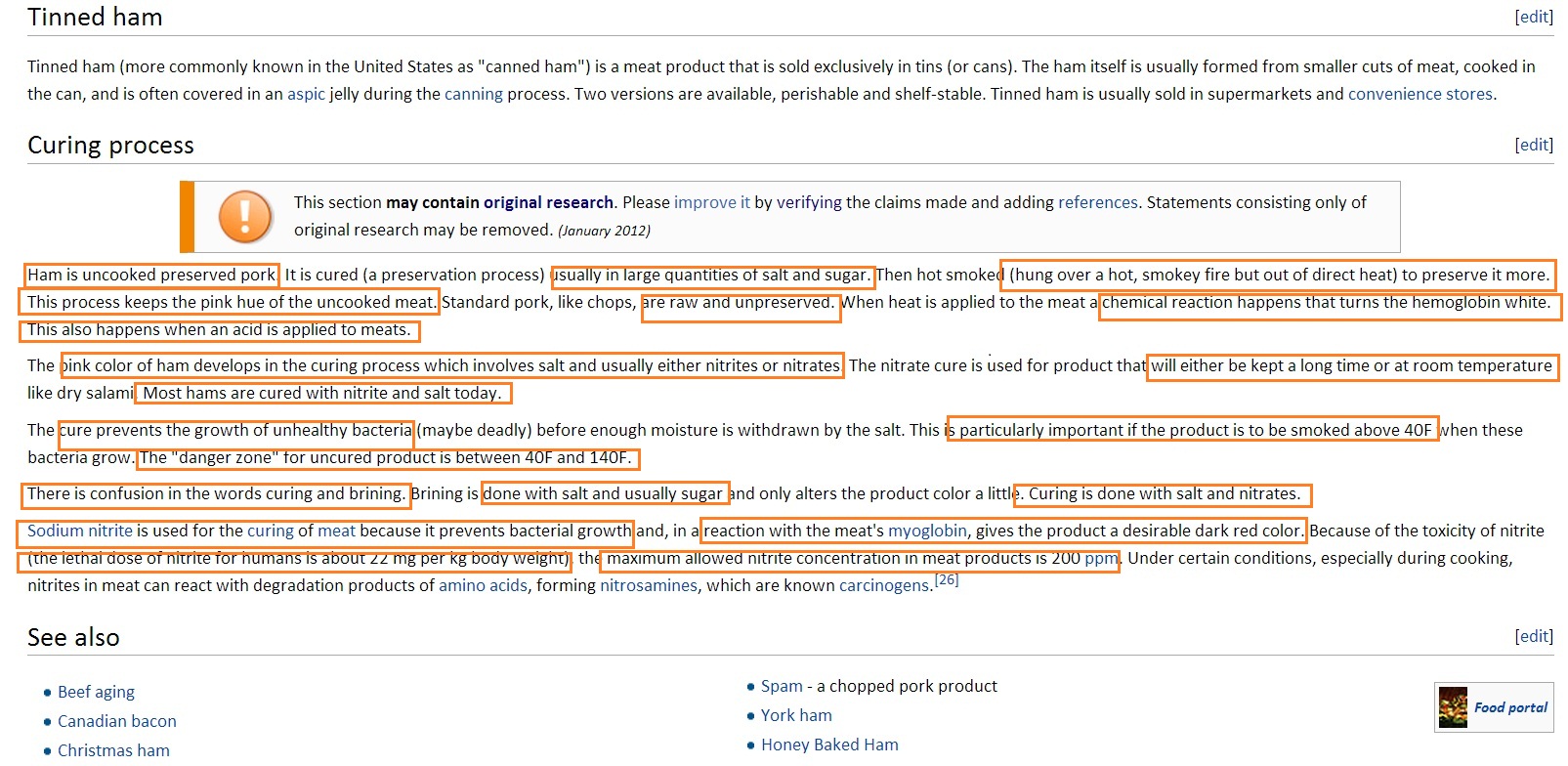

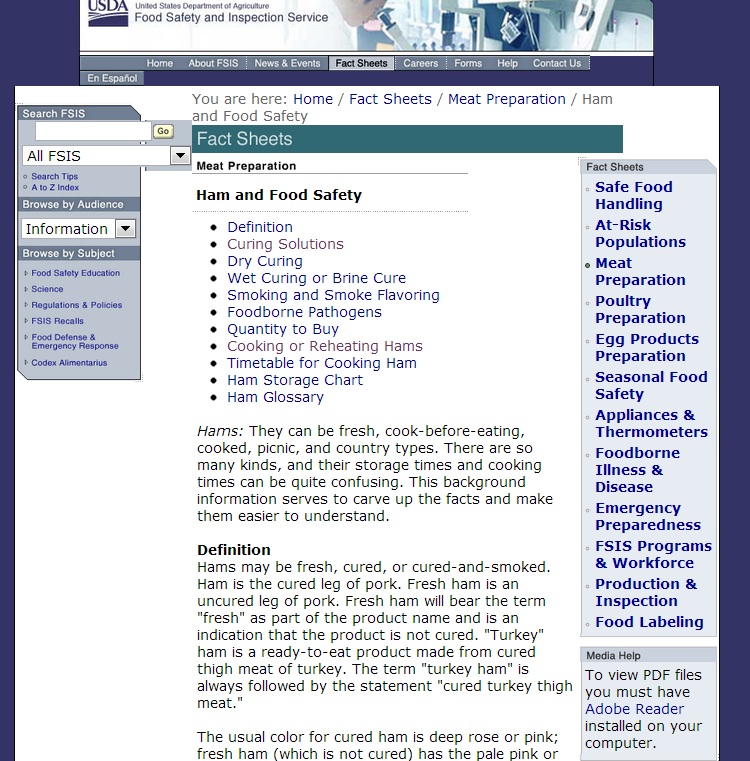
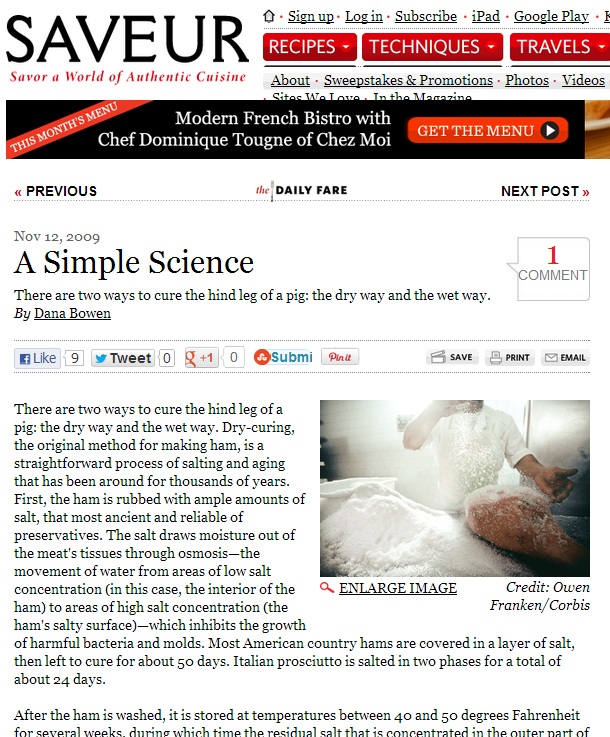
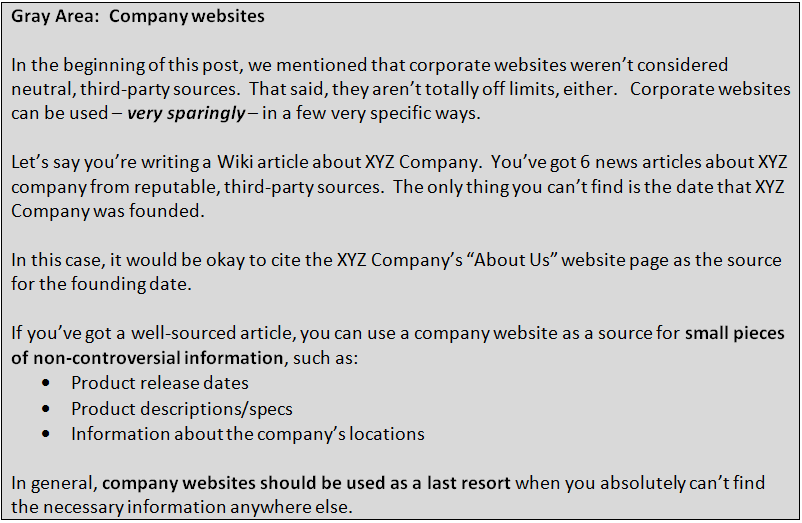
































While every single bride could have her personal reason to turn out to be a mail order bride, there are some things that encourage so many Thai ladies to search for an American husband. As a result of they take a look at my ethnicity and they are saying no. In life, I’ll meet Caucasian ladies. The location has an impressive database with Asian girls for on-line relationship. Moreover, you are free to choose a membership package deal that works for you when investing in your dating journey. Some websites cater to specific nationalities, while others are extra basic in nature. What are the most popular features of Asian dating websites? There are many different sites on the market, every with their own distinctive features and person base. Saying that all women in Asia can’t wait to go away their dwelling nation can be an overstatement, since there are many Asian countries that thrive economically and supply a number of opportunities for ladies. Lots of of mail order brides from Turkey are interesting in building a serious relationship with a foreigner.
If you want Latin mail order wives, you’ll enjoy being with women from Thailand. The explanations behind why early burials contained remains being buried on pottery is still unknown, but more recent burial practices at the positioning do not observe the identical pattern of breaking pottery in the grave. Now I get to show everyone that being distinctive is your superpower. The excellent news is that now you don’t even need to go away your private home if you want to meet a wife from Asia. They want their husbands to be sincere, clear, and dedicated. When meeting Asian brides online, you undoubtedly need to make sure that you are actually meeting somebody actual. All are simple and under the instructions. Korean women for marriage are progressive, stunning, and intelligent. You’ll be able to communicate with them in a handy setting and direct your own romance from the first exchange of phrases to marriage. Indian girls for marriage are all about household values and constructing a strong and comfortable relationship. Moreover, Asian wives expect to carry their tradition and values to the lots and honor their nation.
Moreover, in case you have any questions or concerns, you’ll be able to at all times contact a customer support crew. Moreover, they observe trendy principles in building relationships. They often assume issues over first and take relationships slow. Modern girls strive for equality in relationships. They’re ready for compromises, mutual assist, and equality between partners. When they’re searching for a brand new relationship, they could point out indicators of their curiosity, however ultimately, they’re going to wait for the guy to make the first step. First off, reputable platforms ship their companies solely to validated accounts. Environment friendly communication choices. All reputable platforms embody properly-elaborated messaging choices to speak along with your Asian bride online. Whereas the previous allows you to find Asian bride primarily based on gender, age, and site, the latter provides a extra accurate search. Compared to Asian males, Western grooms are more easy-going, open-hearted, and loyal. Caring. Ladies from Asia are looking for a supportive partner who will deal with his spouse like a treasure. Ladies from Asia can’t discover worthy partners among locals.
Ladies from Asian countries imagine that when men [url=https://idateasia.wordpress.com/2012/07/31/idateasia-reviews-asian-girls-learning-english-for-love/]idateasia review[/url] are confident, success follows them in all areas of life. To do that like a professional, you ought to be high quality with Asian mail order bride pricing, they are fairly fair in the event you ask me. Filipino mail order brides will make you the happiest man on the planet. She attempts to make you romantic surprises and is all the time searching for fascinating areas and entertainment to hang around with you. The ability to truly be discovered by those looking in your services or products is crucial in case you are to succeed in your business; and seo have to be included in your web design if that is to happen. Although Western men have high ethical ideas, they’re always prepared for loopy things. A man ought to have a very good sense of humor but not overdo it with jokes. Many females find it charming when a man can crack wise jokes and enliven a crowd with their humor. Asian females consider that they can get on nicely with American guys. In contrast to men from Asian international locations, Western guys are more loyal and sensitive. They share loads of similarities with different Asian girls in terms of appearance, however Thai brides are identified to be more active and open.